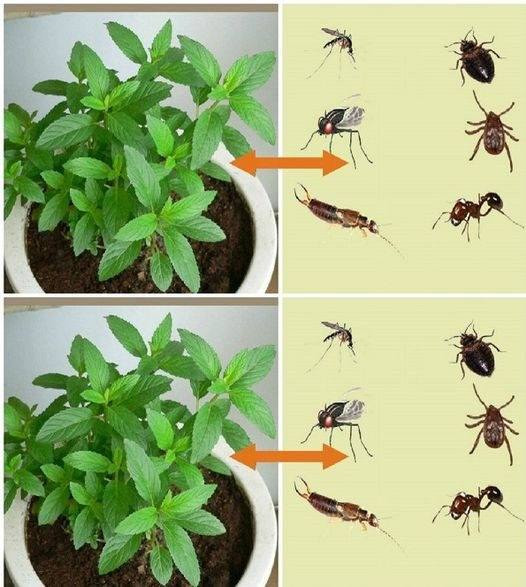ADVERTISEMENT
Variants
Peppermint Oil: If you don’t have fresh mint on hand, you can use peppermint essential oil instead. Mix 10-15 drops of peppermint oil with water in a spray bottle and use it in the same way as the mint solution. This option provides a longer-lasting scent.
Lavender and Other Herbs: While mint is incredibly effective, you can also mix lavender or eucalyptus oil with your mint solution for a pleasant fragrance and an extra layer of pest-repelling power. Lavender is particularly effective against moths, while eucalyptus oil deters rodents.
FAQ
How does mint repel pests?
Mint's strong aroma is disliked by many common pests, including spiders, mice, ants, and other insects. The scent overwhelms their sensory receptors, causing them to avoid areas where mint is present.
How often should I apply the mint spray?
For best results, reapply the mint spray every few days or after it rains if you’re using it outside. Indoors, you can reapply as needed when you notice a decrease in effectiveness.
Can I use dried mint instead of fresh mint?
Yes, dried mint can also be effective. You can crush it and place it in areas where you want to deter pests, or use it to make a pest-repellent spray by steeping it in hot water.
Are there any side effects to using mint around pets or children?
While mint is generally safe, large quantities of peppermint oil can cause irritation to pets, especially cats and dogs. Always use mint in moderation and keep it out of reach of pets.
Can I plant mint outside in cold climates?
Mint can survive in a variety of climates, but if you live in a particularly cold region, consider planting it in pots that you can bring inside during the winter months.
With its natural pest-repellent properties, mint is an easy, eco-friendly way to protect your home from unwanted guests like spiders and mice. Try these tips to bring the power of nature into your home and create a more peaceful, pest-free living space!
ADVERTISEMENT
